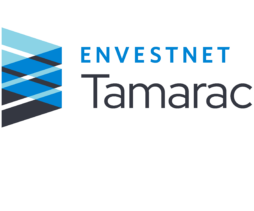About Us
Our advisors have guided our clients through the best and worst of economic times, and we thrive at developing unique, comprehensive investment portfolios designed with the goals of preserving your wealth as well as meeting your income needs.



